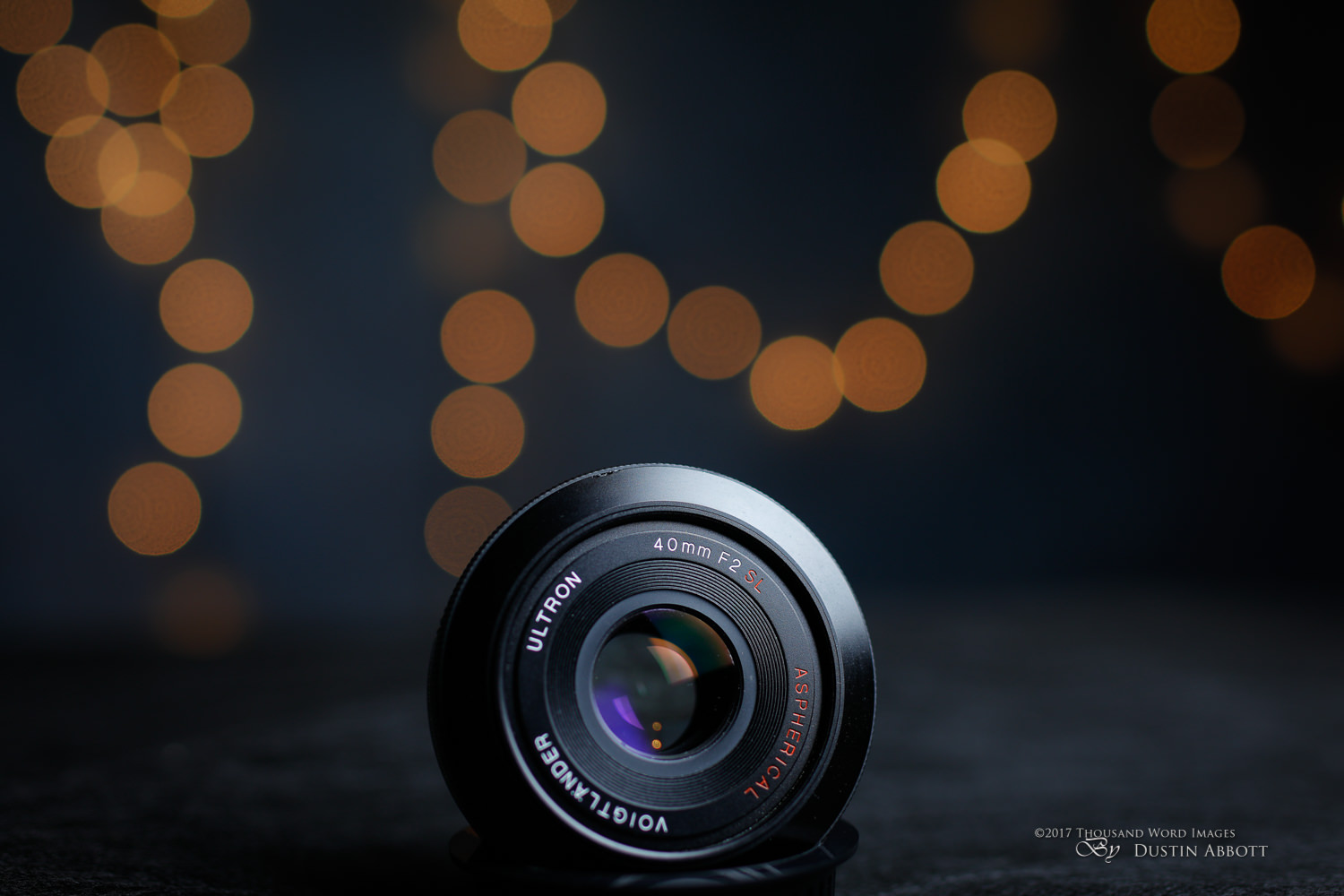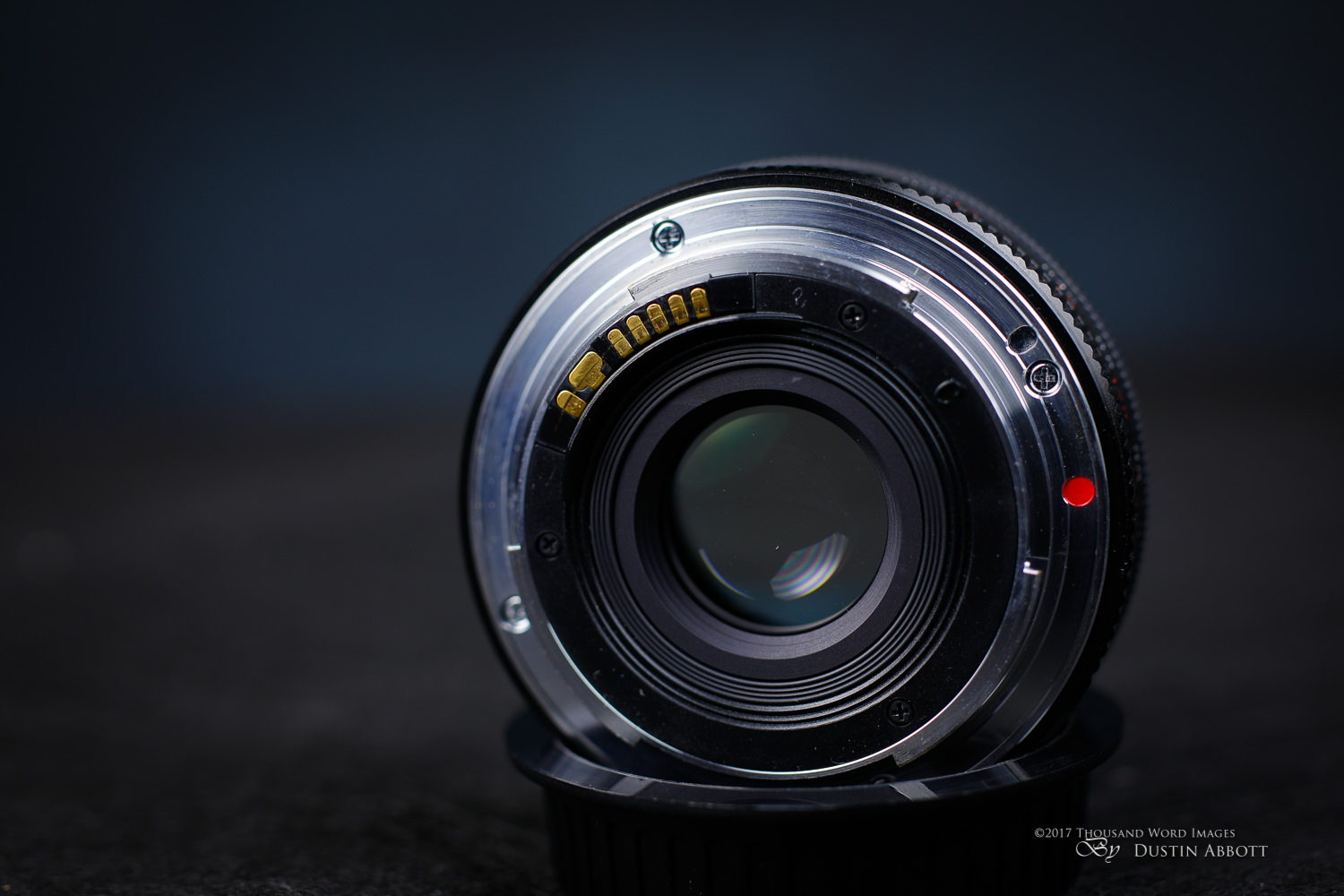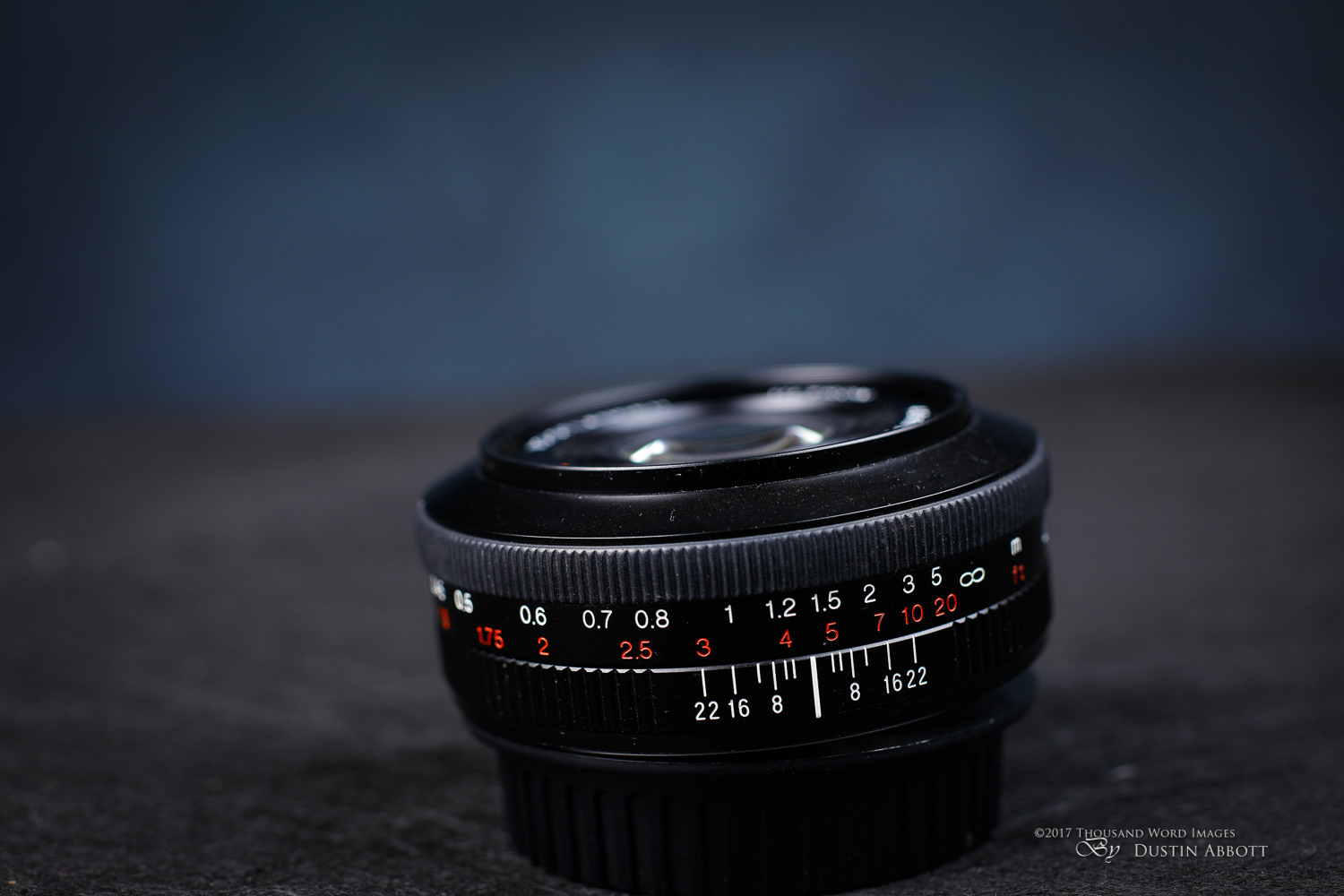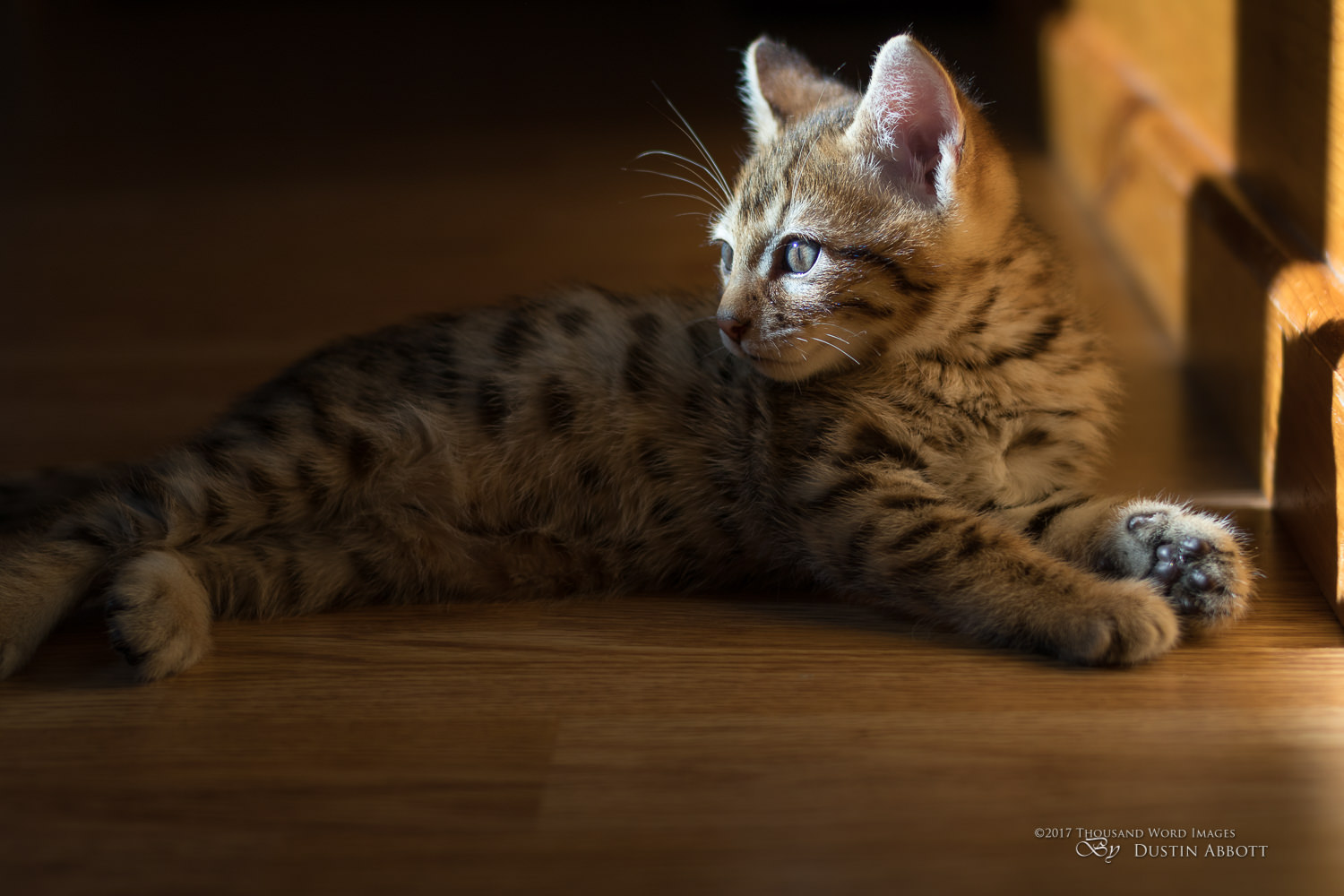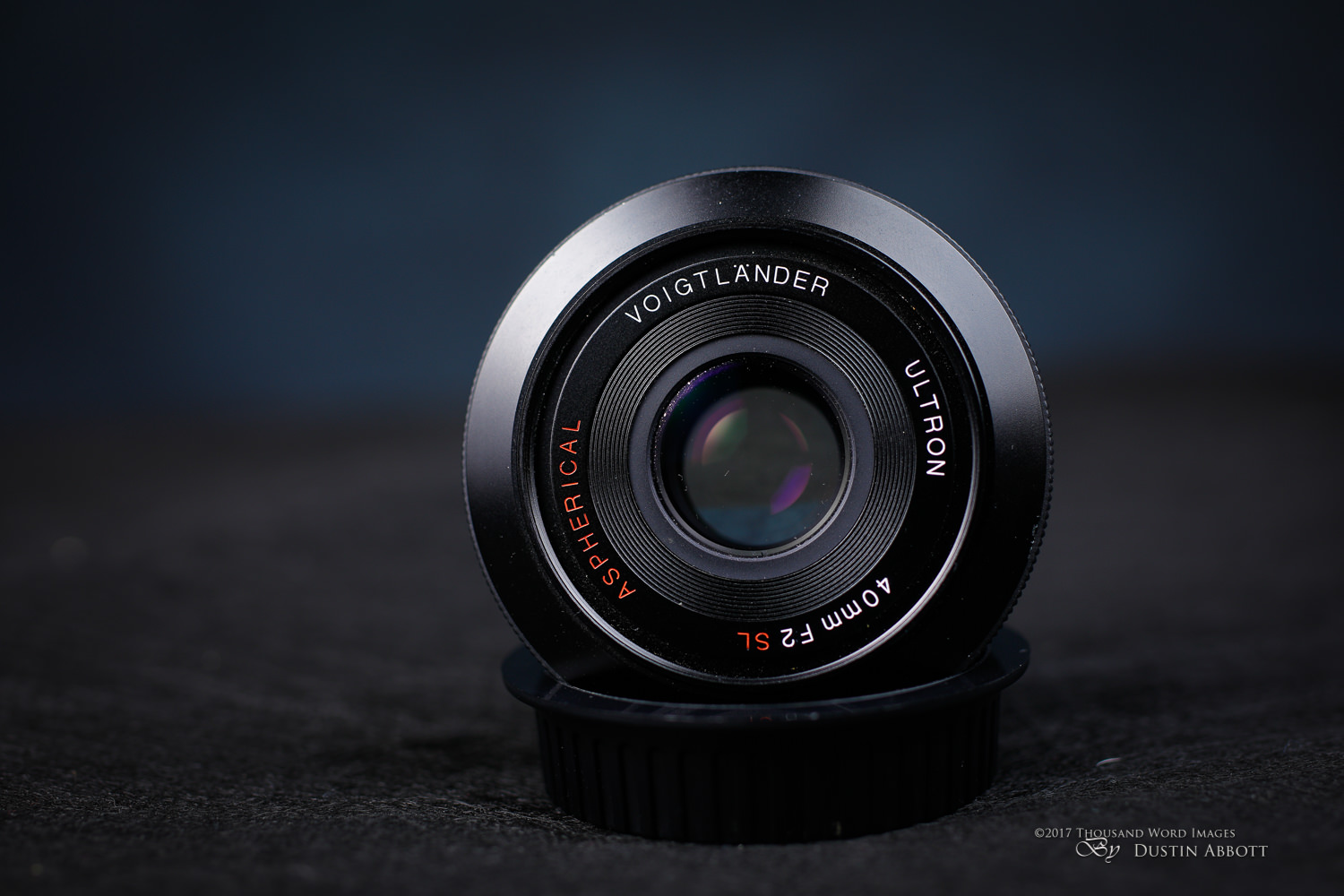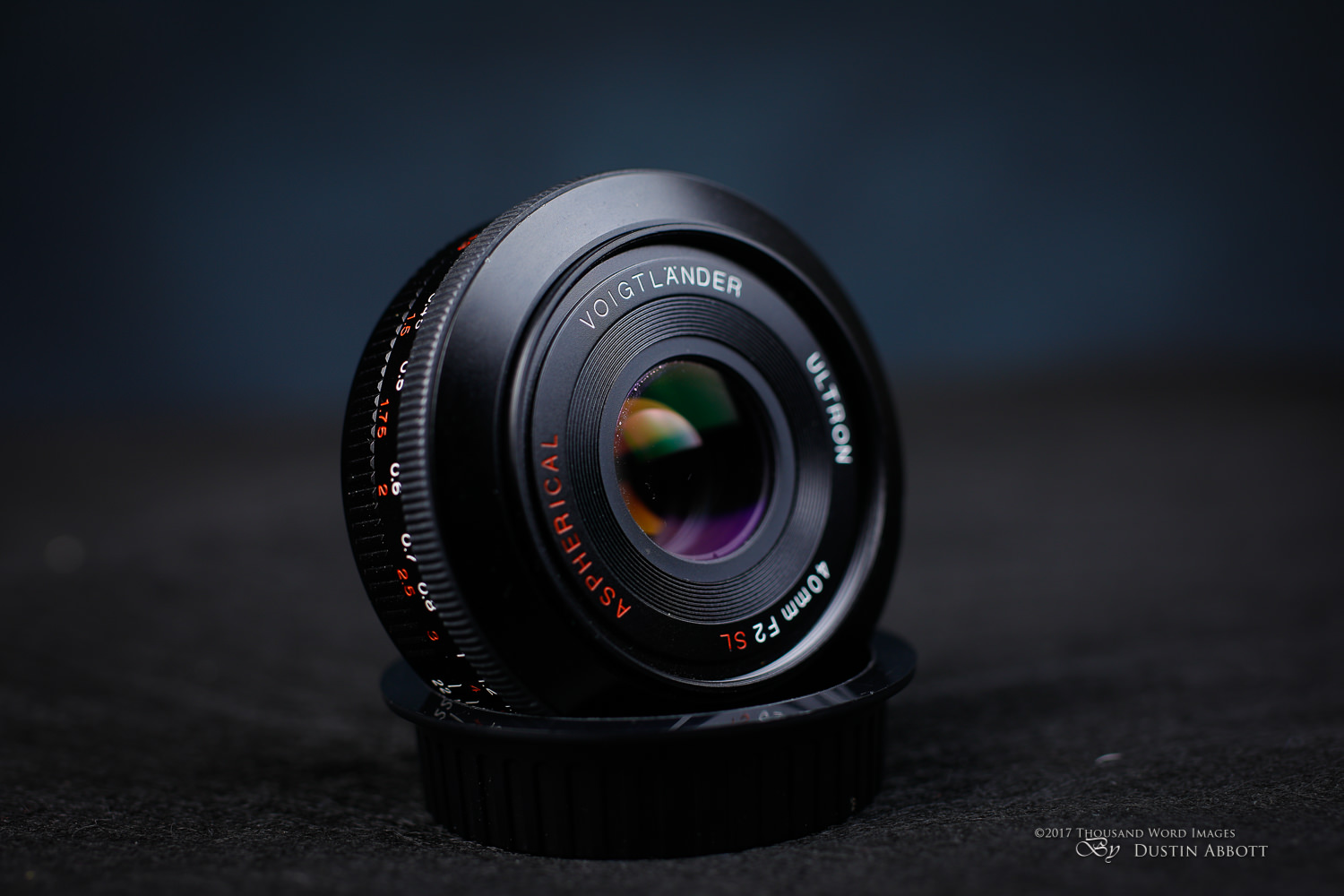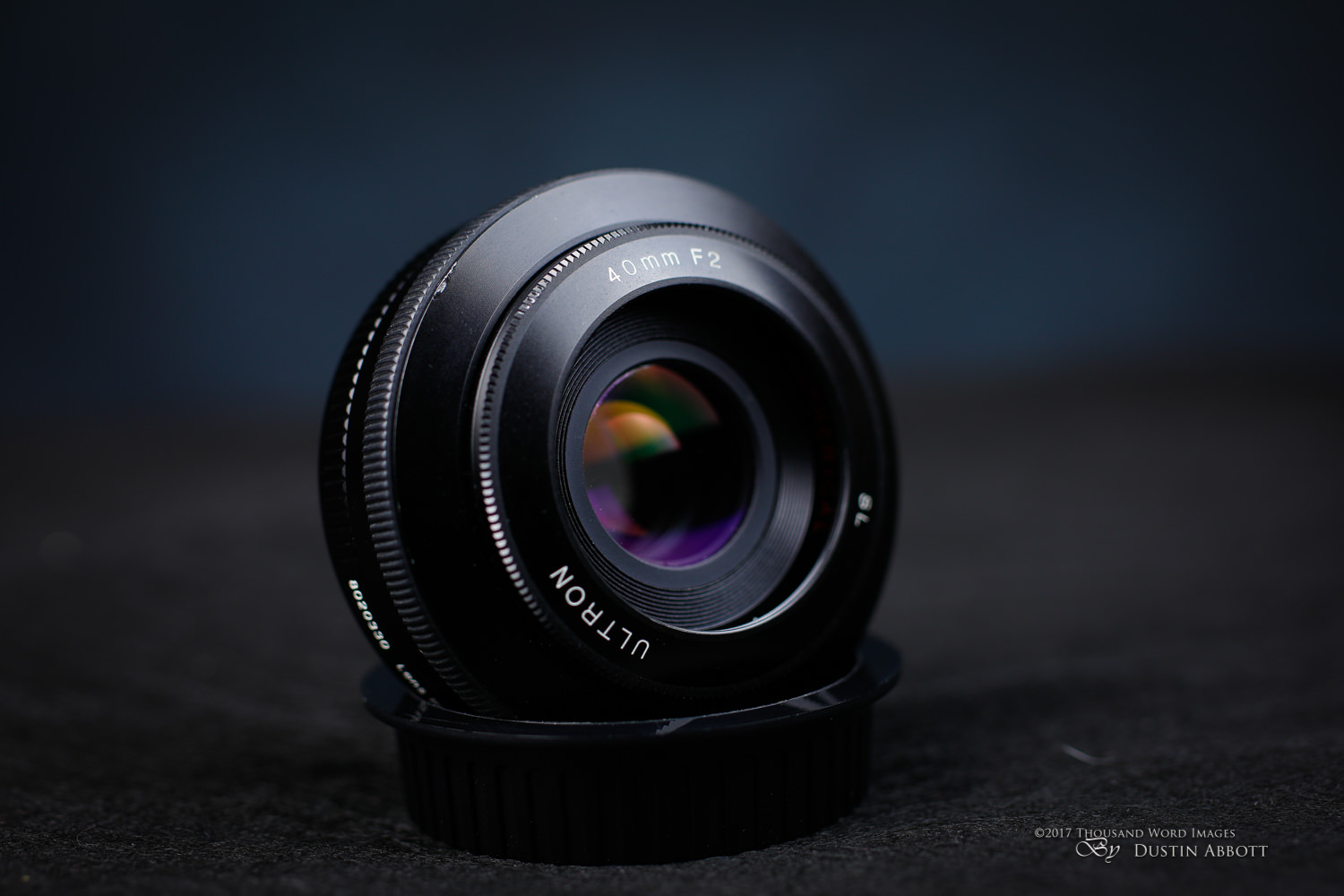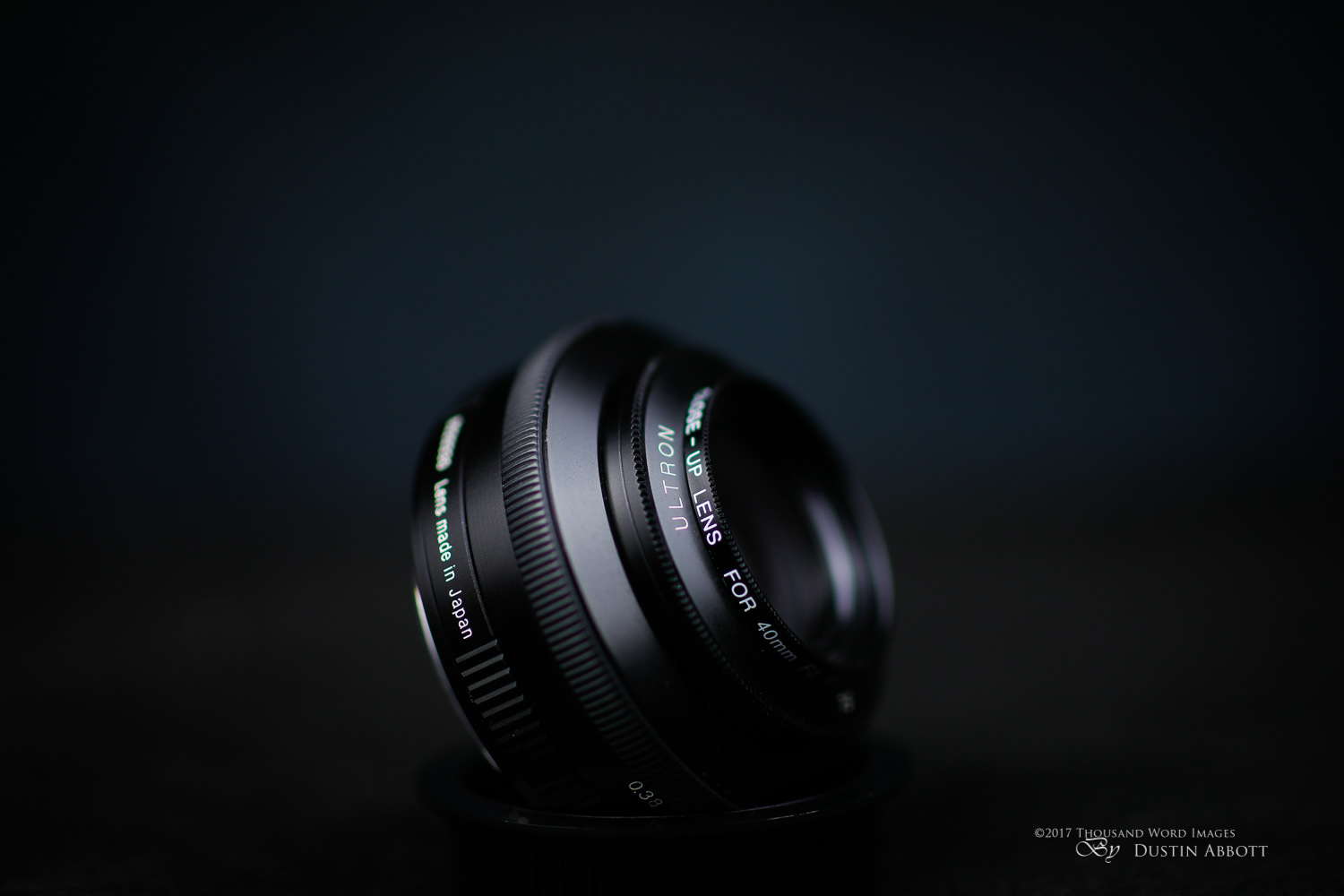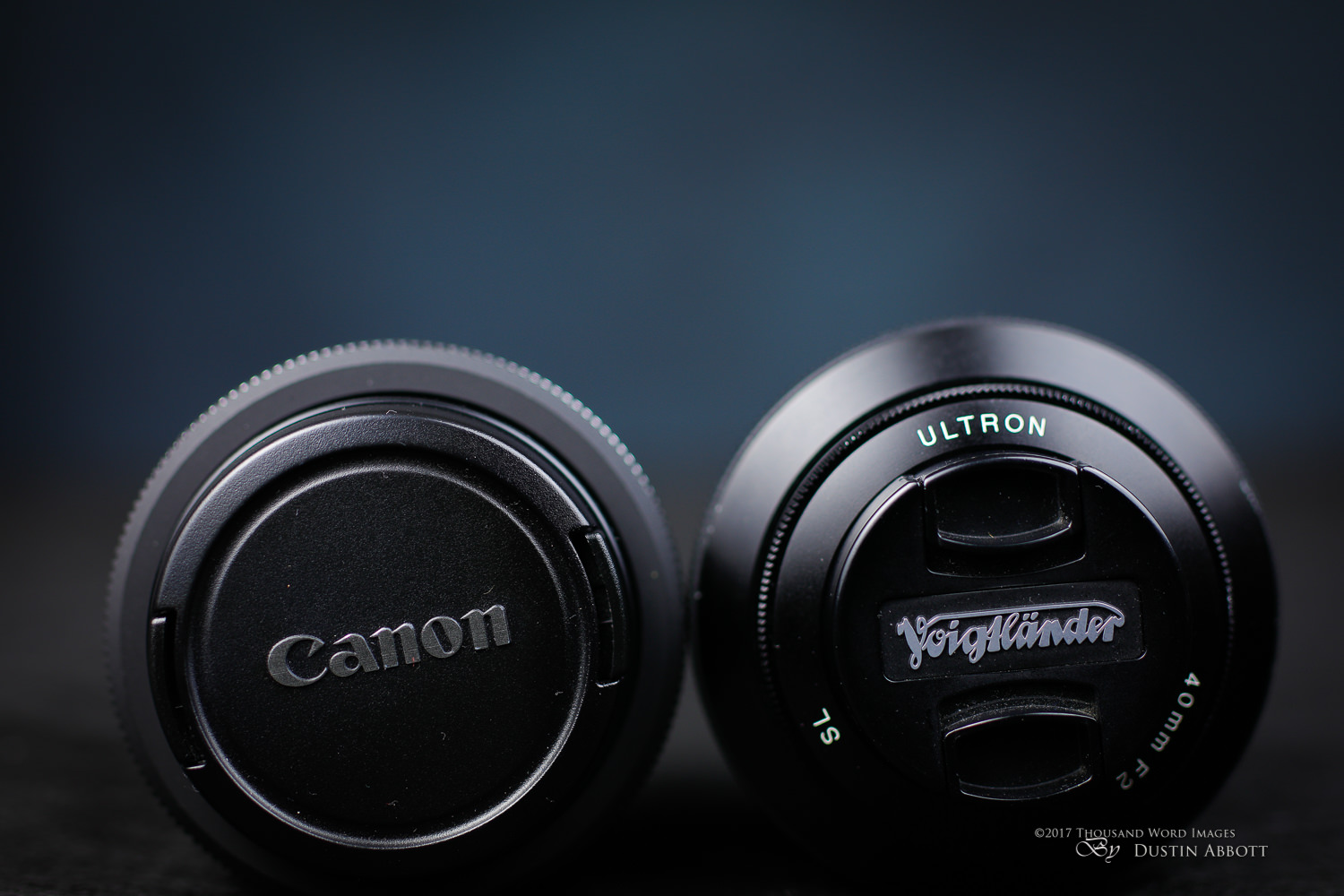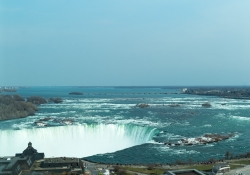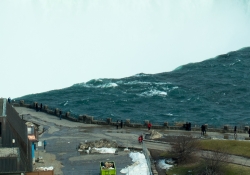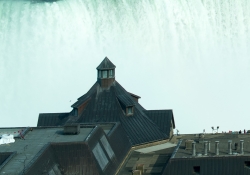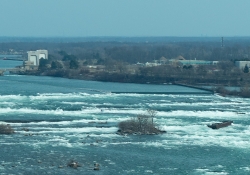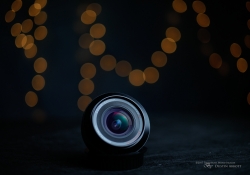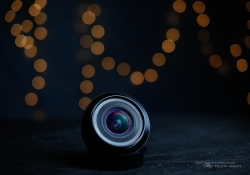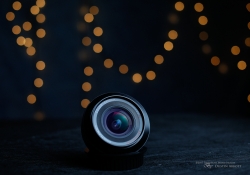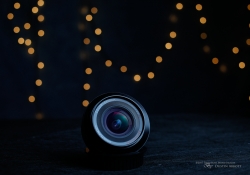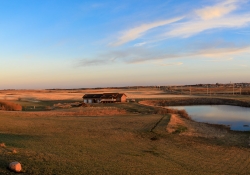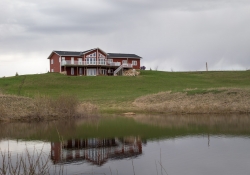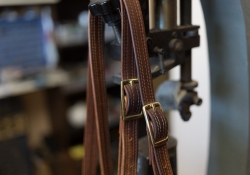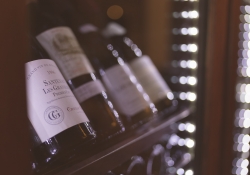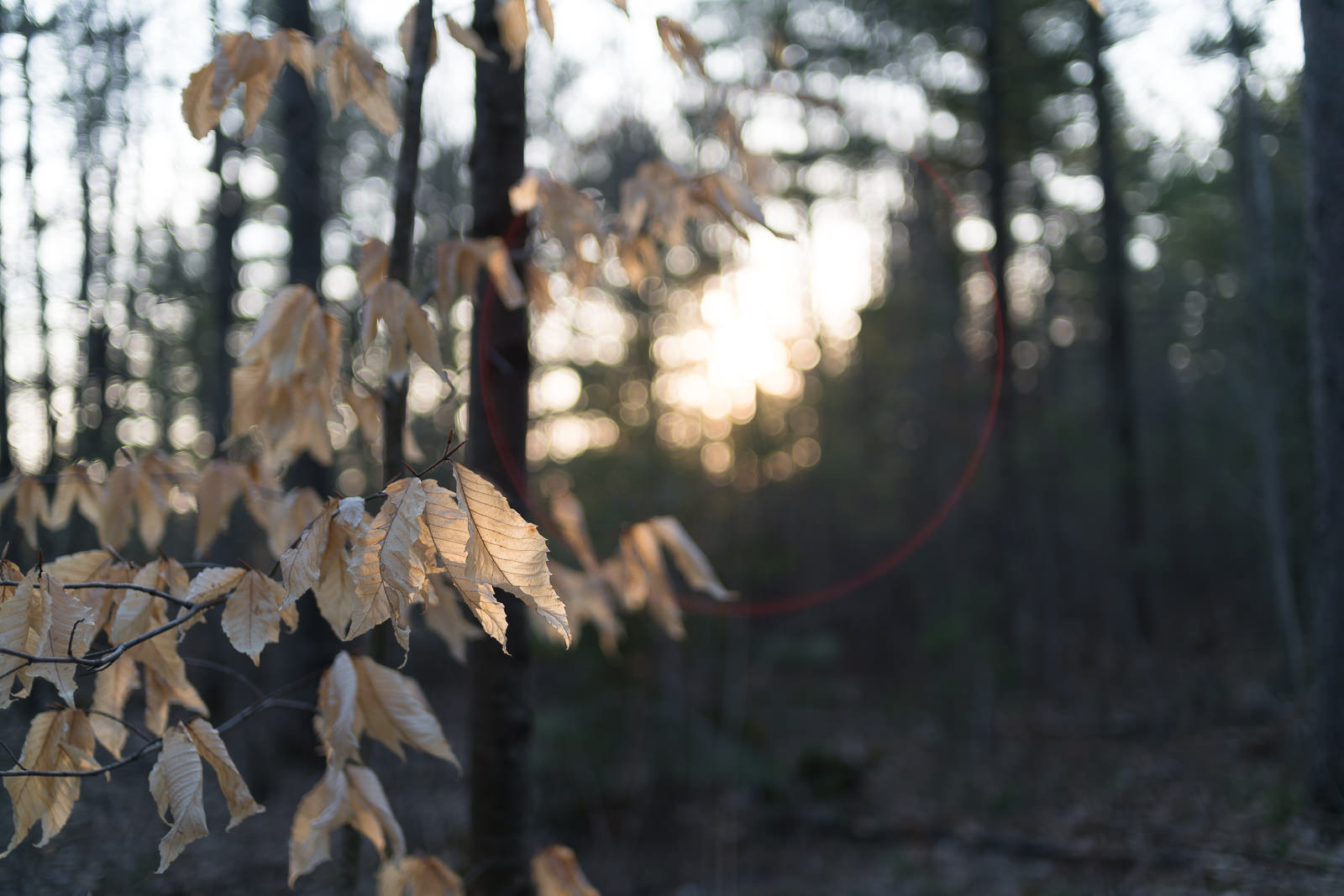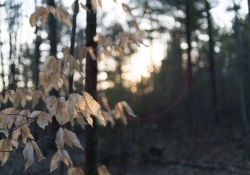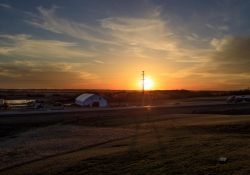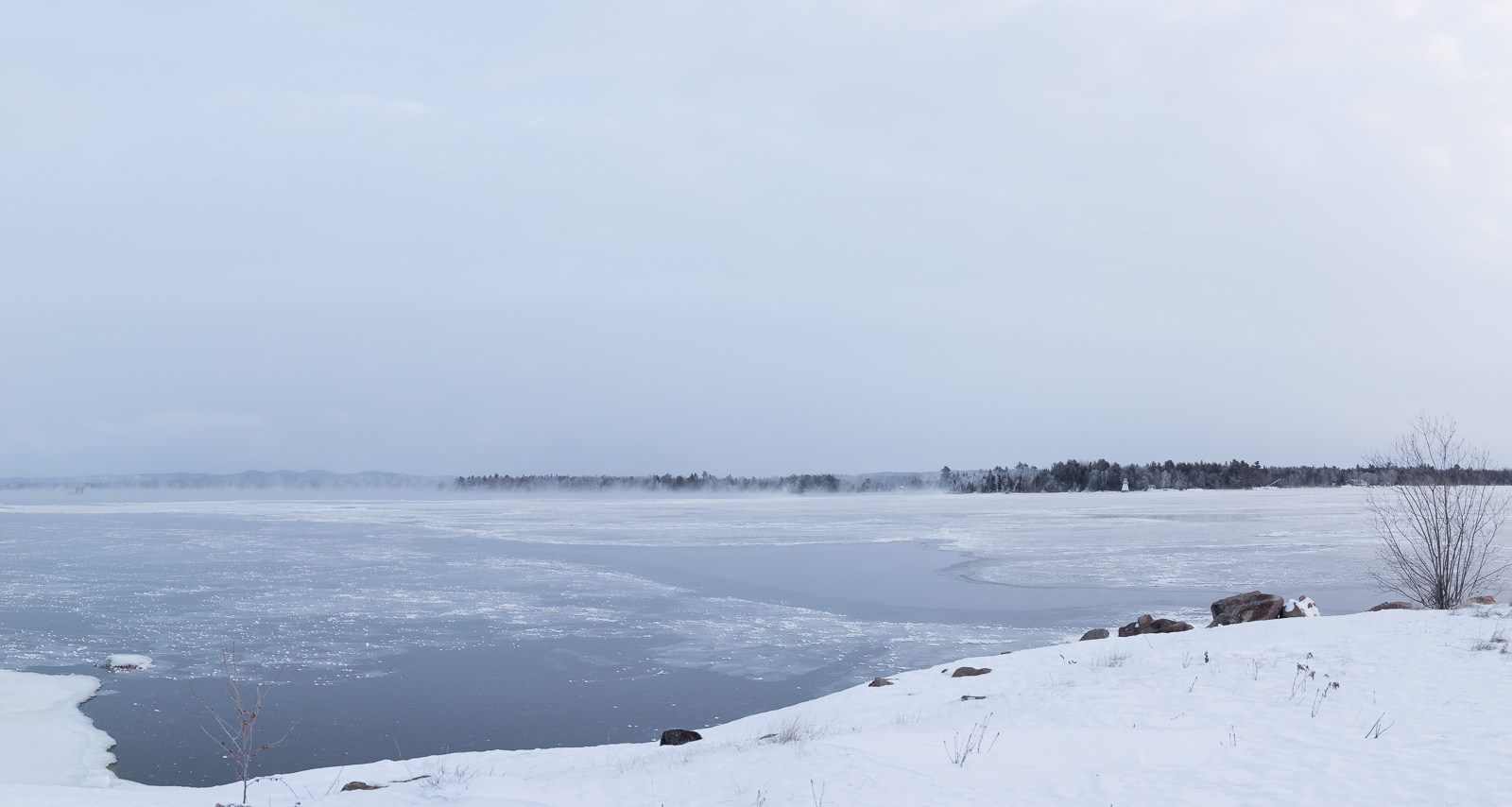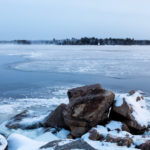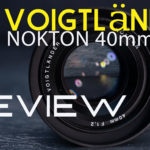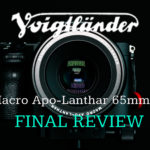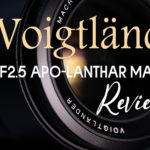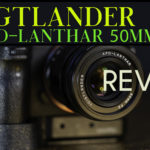My Quiet Rebellion
We live in a day of ever-larger lenses. High resolution, pixel dense camera bodies like the Nikon D800, then the Sony A7R II, and then the even more pixel dense Canon EOS 5Ds/R have a tendency to expose optical flaws in lenses. The Zeiss Otus 1.4/55mm came on the scene a few years as a completely revolutionary kind of 50mm(ish) prime. Standard lenses had mostly trended toward what is euphemistically called “dreamy” rendering wide open. Others might just call them soft. Not the Otus 55mm f/1.4; at f/1.4 it was already sharp and contrasty from corner to corner. The floodgate was opened, and when the Sigma 50mm f/1.4 ART arrived it too was larger and heavier than previous 50mm lenses, and it seems like many of the full frame prime lenses I now review are decidedly more massive than anything from previous generations. But I have to confess that while I love testing the optical behemoths because of their performance, I’m a bit less interested in owning them for very practical reasons. I find that I often rely on primes, which means that I end up bringing three or four lenses along, but if they were all a kilo+ in weight my backpack starts to get really heavy really fast. Part of the reason that we all used to use primes was not just the wider apertures but the more compact size…but that’s not really true anymore, and I’ve reviewed any number of primes in the past two years that were as large or larger than a 24-70mm f/2.8 zoom. So consider my flirting with the Voigtländer Ultron 40mm f/2 SL-II my own quiet rebellion. The Voigtländer 40mm is many things, but large is certainly not one of them. Does a compact, manual focus only 40mm lens still have a place in a world of optically corrected behemoths? Read on to find out…
Prefer to watch your reviews? Check out my full video review of the Voigtländer 40mm here:
Build, Design, and Handling
Voigtländer is an Austrian brand, but modern Voigtländer lenses (like Zeiss) are built in Japan. In this case they are specifically built by the Cosina manufacturing company. The end result is that Voigtländer lenses essentially feel like classic Zeiss lenses in almost every detail. The Voigtländer 40mm has that same feeling of well made density that Zeiss lenses have. If you aren’t accustomed to these type lenses you will be surprised by the weight, which, although not heavy in an absolute sense (7 oz/198g), feels heavier and denser than what you would expect from the very compact size (less than an inch long at 0.96”/24mm). The body is all metal and glass, built on a metal bayonet mount. It is a very handsome little lens, with white focus distances etched into the black barrel. Here’s a video breakdown of the features and design of the Voigtländer 40mm:
The focus ring is not particularly wide (for obvious reasons), but it has a tightly ribbed, rubberized surface that is very easy to find and grip. The focus action is perfectly damped, and moves with a buttery smoothness that will spoil you for all inferior focus rings. The focus “throw” is similarly excellent with about 120 degrees of focus throw that allows for both precision and focus speed. This is not an internally focusing lens, so as you focus towards minimum focus you will find the lens extends about a half inch (a little over a centimeter). The lens remains extremely compact, obviously, so this won’t really negatively impact you. The front element does not rotate during focus, so there are no issues using circular polarizers on the lens. The lens is 2.48” around, or 63mm. It looks pretty sweet mounted on a camera and doesn’t take up much more space than putting a cap on on the camera mount.
Also like Zeiss is the fact that the Voigtländer 40mm has a full electronic coupling that makes it behave essentially like any other lens save autofocus. The Canon EF version I’m testing has no manual aperture ring (unlike the Nikon F mount), so the aperture is fully electromagnetically controlled, which allows you to use the lens even in camera modes where the camera chooses the aperture value. It also means that the Voigtländer 40mm meters perfectly. The overall handling of the lens is excellent, and I have zero complaints about the functionality of the lens.
Included in the electronic package is a focus confirmation chip that seems well calibrated. My preferred body for this lens is my Canon EOS 6D body that I have set up with an EG-S Precision Matte Focus screen. This allows me to visually watch focus occur and aids focus accuracy (particularly at close to medium distances). That being said, I have found that I can get accurate results even with my Canon 5D Mark IV by very carefully using the focus confirmation chip. To use this technique, select the focus point you want to use and set it over your subject. From either infinity focus or close focus slowly focus towards the plane of focus with the shutter button pressed halfway down. As soon as the focus point lights up and the beep is heard fully depress the shutter button and take the shot. With practice you will learn to not continue to focus beyond accurate focus and quickly get the shot.
I also used the lens on a Canon EOS 80D body, where it provides a useful 64mm equivalent focal length. Here’s one of my favorites from this pairing:
Perhaps best of all was using it via adapter on the Sony a7R II that I happened to have at the time. The excellent options for magnifying the image in the Sony’s EV-F resulted in very accurate focus results (and a lot of fun in acquiring focus), not to mention excellent optical results due to the high resolution body.
One praiseworthy aspect of both Voigtländer lenses that I’ve reviewed (the other being the 20mm f/3.5 Color Skopar) is that infinity focus is properly calibrated, meaning that when you want to shoot a landscape scene you simple twist the focus ring to the hard stop at infinity. This eliminates one of the more difficult challenges with some manual focus lenses that will enable you to focus “past infinity”, or to where everything is starting to go out of focus. Bravo for quality engineering.
The Voigtländer 40mm is an f/2 lens, which gives it a significant advantage over the Canon EF 40mm f/2.8 in that the aperture lets in a full extra stop of light (meaning that the Canon lens needs twice as much light in equivalent situations). This gives an advantage both in light gathering and also in producing a more shallow depth of field. It’s on this note that one of the unique quirks of the lens is exhibited.
Lens Hoods, Adapters, and Maximum Magnification
The Voigtländer 40mm will technically take two different filter sizes. It does have 52mm filter threads, but the lens cap comes in a different size because the lens comes with an adapter/lens hood. As a lens hood it is very shallow, but it does offer some protection value along with a bit of shading (it’s even flocked inside!), and it is so compact that there is little reason to not keep it mounted. Another good reason to keep this little metal lens hood/adapter attached is that the included lens cap doesn’t fit without it attached. The hood/adapter is threaded in a tiny 39mm filter size, and the lens cap actually fits this diminutive size. I have found a bit of minor frustration in that the tiny lens cap seems to pop free quite easily if the lens is in a bag, and while I haven’t lost the tiny thing yet, it has been a fairly constant fear.
The purpose of the lens hood/adapter goes beyond just adding a different filter size, however, as the third piece of the puzzle is a tiny close-up adapter. It looks like a tiny clear glass filter, but is actually an additional element for the lens to enable closer focus. Without the close-up adapter the lens will focus down to a pedestrian 1.3’/0.38m which results in an also pedestrian 0.14x maximum magnification or 1:7 reproduction ratio. That definitely trails the Canon’s 0.18x magnification. Here are the two compared:
The close-up adapter functions much like an extension tube, however, and allows the lens to focus down much closer and produce a much more useful 0.25x magnification or a 1:4 reproduction ratio. Needless to say this opens up many more possibilities for macro-type shots, and fortunately there doesn’t seem to be any loss of image quality when using the adapter. Here’s a look at the difference in magnification of the same object with the close up adapter attached:
There is one penalty, however, and that is the much like an extension tube the ability to focus to infinity is lost. And not just infinity; you can only focus out to a maximum of about two feet with the close up lens attached.
While this functionality is welcome, the rather clunky method of achieving it makes it of less value. The close up adapter won’t do you much good if you don’t have it along, and clearly you can’t keep it mounted all the time. It would obviously be much more useful to have that kind of reproduction ratio built into the lens without having to rely on the adapter. Still, the adapter does allow for a unique advantage when compared to other lenses.
On of the great strengths of the Voigtländer 40mm is its beautiful build quality, which feels like it will work as well (and look as good) in forty years. If you (like me) have a love for beautifully made things you may find the build and design of the pretty little lens irresistible. Beyond the beauty, however, it is the compact size that makes this lens so attractive. When I’m planning a kit for an outing or traveling it is easy to reach for this little prime lens for the twin reasons that it is so small but also that it has a relatively large maximum aperture. But does the lens deliver optically?
Image Quality
The Voigtländer 40mm has a very simple optical formula: six elements in five groups. Those of you who favor less complex lenses will applaud this fact. Two of those lenses are aspherical elements to help eliminate chromatic aberrations. The lens has multi-coatings on the front to help with flare resistance and to further correct for aberrations. For a detailed breakdown of the image quality from this lens, check out this video:
Voigtländer 40mm Resolution and Rendering
The Voigtländer 40mm delivers a strong performance from such a small package, particularly in its wide aperture performance. It has quite good sharpness across the frame at f/2, an aperture value that delivers twice as much light as Canon’s own EF 40mm f/2.8 STM lens. Everything is good until you compare it to other lenses and it becomes quickly apparent that the Voigtländer 40mm, while sharp in its own right, is certainly no sharper than the competition. The Canon lens shows greater sharpness and contrast with both lenses wide open (see comparison from left to right across the frame).
Stopping the Voigtländer down improves the comparison, but there is still a slight edge for the Canon. The only real advantage for the Voigtländer in this type of comparison is that the Voigtländer 40mm benefits from being stopped down and shows considerably less vignette.
At all equivalent apertures the Canon showed superior sharpness. Not by much, but visibly superior. That’s not what you want to see when it costs less than half the price of the Voigtländer 40mm.
One of the other few lenses near this focal length is the Tamron SP 45mm f/1.8 VC. I happen to own that lens as well, so I was able to compare it to the Voigtländer. The Tamron is a bit more expensive than the Voigtländer 40mm, though at the moment of this review (thanks to a ongoing Tamron discount), the difference was only $50. It should be noted that the Tamron is not really an apples to apples comparison as it is a much larger lens, though both lenses share a professional grade build. The Tamron is the definite winner on the feature list, with image stabilization, autofocus, and weather sealing. In many situations I love the rendering from the Tamron, though I do lament its higher than average chromatic aberrations and some “onion bokeh” (concentric circles in bokeh highlights). When directly comparing the lenses optically, the Voigtländer 40mm really only wins on one level – less chromatic aberrations. All of the sharpness metrics definitely favor the Tamron.
If you stop the lenses down to f/2.8 the margin only widens.
But we don’t shoot comparisons, we shoot things. In the real world the lens delivers nice sharpness that should satisfy you. The contrast is fairly good even at wide apertures, and, when you stop down to traditional landscape apertures you will get very nice sharpness across the frame. I was particularly impressed when using the lens on the Sony a7R II and it’s extremely pixel dense 42 MP sensor. I used the lens in Niagara Falls, and, while this image has some slight imperfections due to shooting through a window, it is pretty remarkable how much detail was rendered from the little lens at f/5.6.
Still, as I used the lens over the course of several months, a nagging question started to form in my mind. “Is this lens any better than some of my vintage lenses?” I decided to do some direct comparisons to one of my favorites – the vintage SMC Takumar 50mm f/1.4. I did both a chart test and some real world comparisons (find an interactive look at this in my video review). Wide open (Voigtländer at f/2, the Takumar at f/1.4), the Voigtländer is a bit sharper and has more contrast (the Takumar shows a bit of “haze” due to low contrast).
With both lenses at f/2, however, that advantage disappears, with the Takumar actually a bit sharper at different points on the frame. With both lenses stopped down to f/2.8, it is hard to declare a winner, but I would give a slight edge to the Takumar (which also shows less distortion and lower vignette).
Uh-oh. And what about the bokeh and rendering? There’s no question that this favors the Takumar, which shows noticeably softer, left busy bokeh rendering.
Both lenses have great color, but the larger aperture of the Takumar gives it the leg up…even with both lenses at f/2, like here:
Now a 50mm isn’t a 40mm lens, and the Takumar, while very small, isn’t as absolutely compact as the Voigtländer. Still, the fact that a much less expensive vintage lens can give you essentially the same image quality has definitely made me question whether or not I should keep the Voigtländer 40mm.
A careful look at the bokeh highlight circles from the Voigtländer 40mm shows a slight amount of “onion bokeh” (concentric circles), but not in an exaggerated way. One area that the more modern design of the Voigtländer 40mm is in the electromagnetically controlled nine-bladed aperture, which retains a circular shape when stopped down.
The greater maximum aperture of the Voigtländer 40mm means that it produces bigger, softer bokeh highlights even at equivalent apertures when compared with the Canon 40mm STM.
In an absolute sense I’m happy with the rendering from the Voigtländer, which often renders beautifully and delivers fabulous color.
I used the lens for some food photography while traveling and documenting a resort, and it proved a great companion for that:
An area of definite strength for the Voigtländer 40mm is the superior color rendering, which, much like a Zeiss lens, gives images that little bit “extra” that sets them apart from the cheaper lenses that might equal it in sharpness.
I strongly recommend that you check out the Lens Image Gallery to see many other samples that demonstrate the strengths and weaknesses of the lens.
Chromatic Aberration Control
The lens that I most frequently use near this focus length is the Tamron SP 45mm f/1.8 VC. It’s a wonderfully versatile, extremely sharp, and beautifully rendering lens, but it does struggle with chromatic aberrations in real world usage. This isn’t bad when shooting stills (particularly when shooting RAW), as it is easy enough to correct for in post. But the Tamron is a lens that I like to often use for video due to its sharpness and ability to focus so closely, and the CA when shooting video is a bigger problem. The Voigtländer 40mm is not free of chromatic aberrations, but it actually controls them fairly well even in challenging situations. They are definitely less pronounced than with the Tamron lens.
Expect to mostly see the chromatic aberrations when using the close-up lens and shooting at macro focus distances. The very narrow depth of field will reveal some CA before and after the plane of focus. In most situations, however, the chromatic aberrations that will be visible are minimal.
Flare Resistance
The Voigtländer 40mm is a bit atypical in this area, as I find that many lenses are more prone to ghosting (various green or orange blobs of colored light from the sun) when stopped down, and more prone to veiling (prismatic haze and loss of contrast) wide open. The Voigtländer 40mm does its ghosting wide open, but that ghosting takes the form of a very circular ring around the epicenter of the flare.
I suspect that some will find this quite cinematic or artistic. There is also somewhat of a loss of contrast, but not extreme. Lightroom’s “Dehaze” tool restored contrast nicely. There is a slight magenta hue to the prismatic haze around the flare event. Stopped down there is still a bit of prismatic haze, but the ghosting ring disappears and fortunately isn’t replaced by any ugly blobs of light. All in all this actually a pretty decent performance for such a compact optic (with a very minuscule lens hood). What flare is there occurs in an artistically useful fashion. I can see videographers enjoying this lens because of that flare response.
Conclusion
The Voigtländer Ultron 40mm f/2 SL-II is unlike just about every other “normal” lens that I’ve used. It feels and looks like a Zeiss, but with a compact size unlike any Zeiss lens I’ve used. The look and sensibilities of the lens remind me more of a number of vintage lenses that I’ve used over the years, and therein lies the greatest challenge to the lens. I have no problem personally preferring this lens to the Canon EF 40mm f/2.8 STM. I’m not a huge fan of STM lenses anyway, and have been unimpressed by the performance of the 40mm STM on Canon’s newer DPAF bodies. I vastly prefer the build and the brighter aperture of the Voigtländer lens, and also feel like it gives a more premium rendering and color performance. But the manual focus only nature of the lens means that vintage lenses become valid alternatives at much lower price points. The SMC Takumar 50mm f/1.4 is one such lens, and it compares fairly well to the more expensive Voigtländer, though with more quirks in usage due to requiring an adapter plus lacking any kind of electronics. By contrast the Voigtländer, despite being manual focus only, is actually very easy to use. Those looking for a beautifully crafted lens that is built to last and who don’t mind manually focusing should seriously consider the Voigtländer 40mm f/2 lens, as it provides a bright aperture, beautifully rendering, and an incredibly portable form factor that means it will always be easy to bring along.
Pros:
- Built and handles like a Zeiss
- Great focus ring
- Incredibly small, compact size
- Lovely color rendering
- Artistic and useful flare resistance
- Chromatic aberrations well controlled
Cons:
- No sharper than cheaper competitors
- Manual focus only
- Bokeh can be a little busy
- Good magnification figure requires use of close up lens
- More distortion than competitors
Gear Used:
Canon EOS 5D Mark IV (5D4): B&H Photo | Amazon.com | Amazon Canada
Canon EOS 6D: B&H Photo | Amazon.com | Amazon.ca
Purchase Voigtländer Ultron 40mm f/2 SL II from Amazon
Super Precision Matte Eg-S Interchangeable Focusing Screen
Adobe Lightroom CC Software for Mac and Windows (Boxed Version)
Adobe Photoshop Creative Cloud 1-Year Subscription
Alien Skin Exposure X2 (Use Code “dustinabbott” to get 10% anything and everything)
Purchasing your gear through B&H and these links helps fund this website and keeps the articles coming. You can also make a donation here if you would like. Thank you for your support.
Great News! I can now offer a 5% discount on all purchases at Amplis Foto, Canada’s Leading Photographic Supplier. Please enter discount code: AMPLIS52018DA in your cart. It is good for everything in your cart, and is stackable with other coupons, too! It will take 5% off your entire order! Proceeds go towards keeping this site going and providing you with new reviews!
Check me out on:
Google+: | Facebook: | Twitter: | Flickr: | 500px: | Sign Up for My Newsletter :




